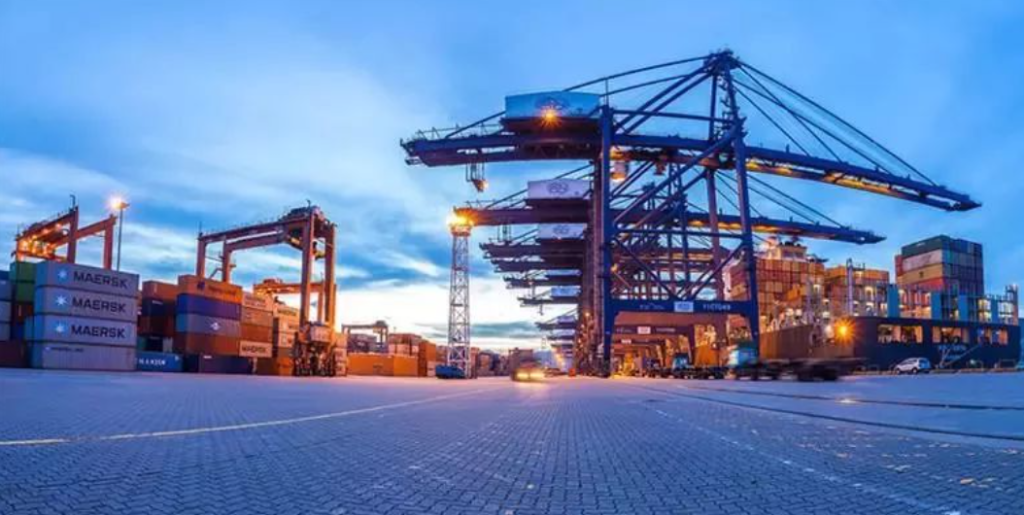February 8, 2025 – Sino-US Trade Tensions Stir New Waves, Pose Fresh Challenges for Energy and Chemical Markets
The energy and chemical markets are bracing for new challenges as the Sino-US trade war takes another turn. Following the US imposition of a 10% tariff on Chinese goods, China swiftly retaliated by levying 15% and 10% tariffs on US liquefied natural gas (LNG) and crude oil respectively. This move has triggered a series of impacts on the energy and chemical sectors.
Currently, China’s imports of crude oil from the US account for a mere 1.7% of its total imports. However, with Russian and Iranian imports affected by tanker sanctions, some cargoes cannot be unloaded normally, leading to a decline in the operating rates of local refineries. In response, state-owned refineries have urgently ramped up production to fill the gap. Against this backdrop, Chinese and Indian refineries have started to source more crude oil from the Middle East, Africa, and the Americas. Although demand for US crude oil may increase to some extent, the increment is mainly concentrated in the Middle East and West Africa, with imports from the US remaining limited.

According to Color Masterbatch Industry Network, in terms of LNG, China’s imports from the US accounted for 5.6% of its total LNG imports in 2024, ranking fifth. However, this import volume represents less than 1% of China’s total natural gas demand, so the impact is relatively limited. Buyers can avoid penalties by switching ships for unloading or requesting tariff exemptions. Furthermore, the tariffs may redirect more LNG flows to Europe, altering trade patterns, while China could source more LNG from the Middle East. In the long run, the trade war may hinder long-term contract negotiations for China’s LNG imports from the US, potentially leading to a gradual reduction in long-term import volumes.
In the methanol and polyolefin markets, the import-export volumes between China and the US are minimal, exerting negligible direct impact on the market. Nevertheless, it is worth noting that the US tariffs on China may just be the tip of the iceberg, with the possibility of “origin-based” tariffs being imposed on multiple commodities in the future. This could prompt other countries to follow suit by restricting exports of certain products, such as bottle-grade PET and PVC imports facing scrutiny. These measures may also affect downstream commodity exports due to the rise of trade protectionism, potentially leading to a decline in demand expectations.
In the medium term, the US tariffs are not limited to China, and they may significantly increase the cost of raw material flows, causing commodity prices to rise based on cost logic. Therefore, the specific price path in the medium to long term remains to be seen. The energy and chemical markets will face numerous uncertainties, and companies need to closely monitor market dynamics and flexibly adjust their strategies to mitigate potential risks and challenges.














